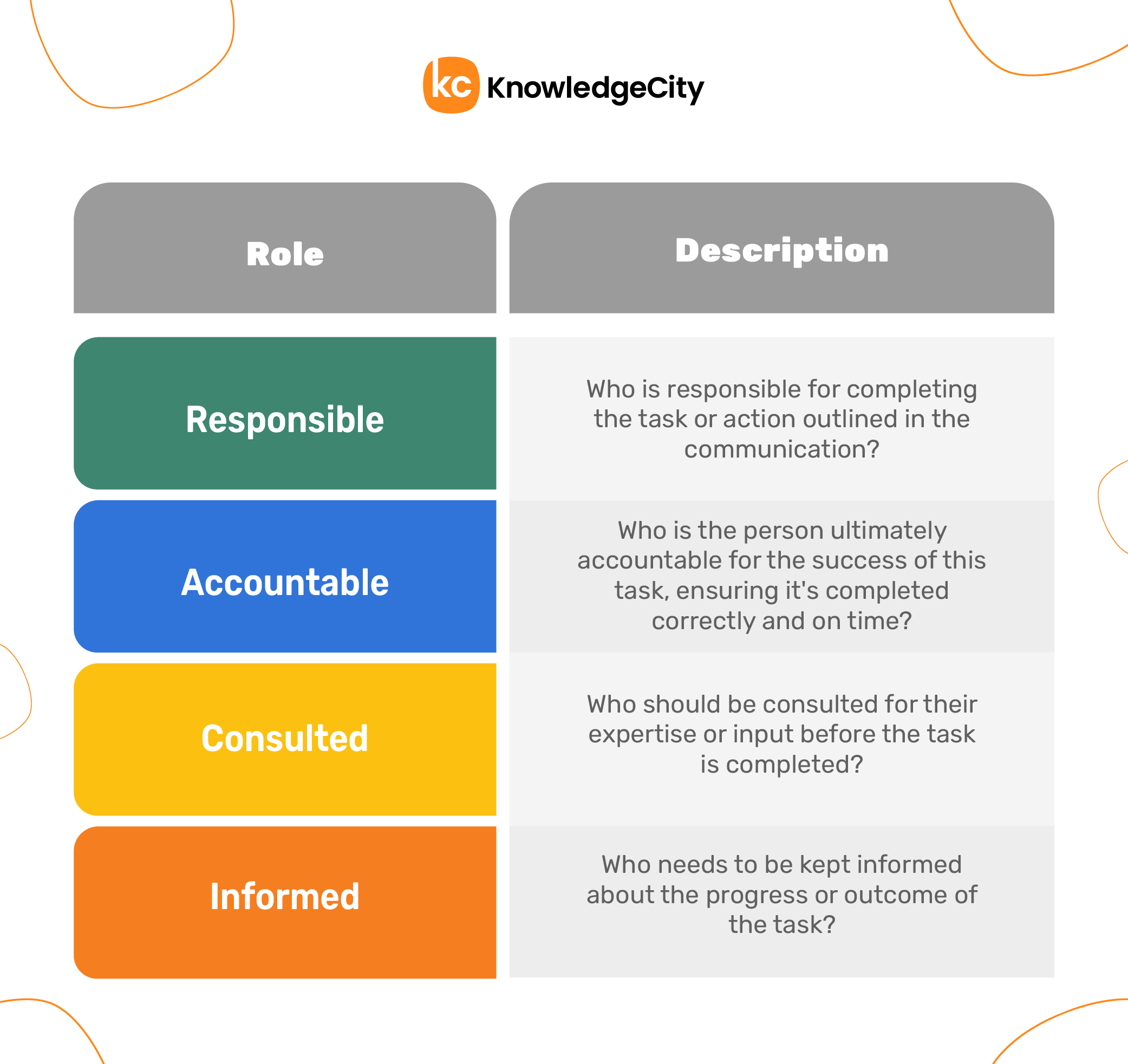Clear communication is the foundation of how businesses operate. Yet despite its importance, communication failures are still one of the most overlooked problems in the workplace. A single misunderstanding can lead to missed deadlines, lost revenue, and strained relationships. While many organizations focus on streamlining processes and cutting operational costs, they often overlook one of the most costly inefficiencies: poor communication.
A report by Grammarly and The Harris Poll found that businesses lose up to $1.2 trillion annually due to miscommunication.
Another study by Inc. estimates that poor communication costs companies an average of $12,506 per employee annually.
These figures highlight the financial toll of poor communication, but what exactly causes these losses? In this blog, we’ll break down the hidden costs businesses face due to miscommunication and explore practical strategies to prevent them.
The Hidden Costs: Where Businesses Lose Money
Miscommunication at work is a silent profit killer. It sets off a chain reaction that wastes time, increases costs, and creates frustration for both employees and customers. These hidden losses build up quickly:
1. Wasted Time and Lost Productivity
Every minute spent clarifying instructions, searching for files, or fixing misunderstandings takes time away from meaningful work. According to a McKinsey report, employees spend an average of 1.8 hours per day, or nearly a full workday each week, just looking for information. This constant back-and-forth disrupts workflows, delays decisions, and slows down entire teams.
2. Errors, Rework, and Costly Fixes
Miscommunication causes mistakes across the business, from incorrect client orders and financial errors to faulty products. Each error requires time, money, and resources to correct. Over time, these issues reduce profits and damage customer trust.
3. Low Employee Morale and High Turnover
When employees feel confused, left out, or unsure of expectations, their motivation drops. According to Gallup, disengaged employees lead to 37% higher absenteeism and 18% lower productivity, draining resources and slowing business growth. Worse, poor communication increases turnover, driving up hiring and training costs.
4. Lost Revenue from Poor Customer Experience
Customers may not see internal communication problems, but they feel the results. Missed deadlines, inconsistent messaging, and uncoordinated service all impact satisfaction. PwC found that 43% of buyers are willing to pay more for a great experience, yet businesses lose sales due to internal disconnects. Whether it’s slow response times, conflicting information, or outdated sales data, poor communication directly impacts revenue and customer retention.
By addressing these hidden costs, businesses can reclaim lost profits, boost efficiency, and create a workplace where employees and customers thrive.
7 Ways Your Organization Can Prevent Costly Miscommunication
Improving workplace communication requires more than increasing the number of emails or meetings. It calls for a thoughtful, strategic approach. Here’s how your organization can reduce miscommunication and protect its bottom line:
1. Establish Clear Communication Protocols
Set standardized guidelines on how and where information should be shared. Using centralized platforms like Slack, Microsoft Teams, or ClickUp helps prevent important messages from getting lost in email threads or scattered across different channels. Clear protocols improve transparency, reduce redundancy, and ensure everyone is on the same page.
2. Encourage Active Listening
Misunderstandings often stem from assumptions rather than actual conversations. Encourage employees to repeat key points, ask questions, and confirm details to avoid mistakes. Training your team in active listening helps them communicate better and work more smoothly together.
3. Invest in Your Team’s Communication Skills
Effective communication boosts productivity, improves decision-making, and strengthens teamwork. Investing in communication training enables your employees to work more efficiently, make informed decisions, and tackle challenges with confidence.
KnowledgeCity’s communication skills courses offer practical, on-demand training in professional writing, conflict resolution, and workplace communication strategies. These courses equip your team with the tools they need to communicate effectively and drive business success.
4. Prioritize Clarity in Written Communication
Applying a structured approach, such as the RACI model, helps ensure clarity in emails, project briefs, and internal reports. Every message should clearly define roles, responsibilities, and expectations to minimize confusion and improve efficiency.

Additionally, include answers to these questions:
- What needs to be done? Be specific and action-oriented.
- When is it due? Clearly define the deadline or milestones.
- Where is relevant information stored? Ensure easy access to all necessary documents or resources.
- Why is this important? Clarify the purpose and the impact of the task or decision.
Avoid vague language. Make sure all necessary details, such as roles, responsibilities, deadlines, and context, are clear from the beginning.
5. Foster a Culture of Open Feedback
Employees should feel comfortable asking questions and seeking clarification without hesitation. A culture that encourages feedback not only reduces misinterpretations but also strengthens collaboration and trust within teams.
6. Use the Right Tools for the Right Messages
Not every message needs an email. Quick updates? Use chat platforms like Slack. Detailed discussions? Schedule a video call or meeting. Company-wide updates? A well-structured email or an internal newsletter works best. Choosing the right medium ensures efficiency without overwhelming employees with unnecessary communication.
7. Regularly Assess and Improve Communication Channels
Improving communication is not a one-time effort. It requires regular evaluation and adjustment. Businesses should:
- Conduct employee surveys to identify communication bottlenecks.
- Track project delays caused by miscommunication to pinpoint recurring issues.
- Use feedback to refine and enhance communication practices over time.
Communication Is a Core Business Strategy
Ineffective communication isn’t just a minor issue. It’s costing your business more than you realize. But you don’t have to keep paying the price.
When teams communicate clearly, they avoid costly mistakes, stay aligned, and work more efficiently. That means higher productivity, stronger employee engagement, and happier customers, all while cutting unnecessary expenses.
The longer these inefficiencies go unchecked, the more they eat into your bottom line. So, how much longer can your business afford to ignore them?
Take the First Step Toward Better Communication with KnowledgeCity
Don’t let communication challenges stand in the way of your business success. With KnowledgeCity’s Communication Skills Courses, your team will master clear, effective communication to collaborate seamlessly, reduce costly errors, and drive better results. Invest in training that transforms workplace communication and strengthens your business performance.
Let’s improve workplace communication together! Contact us today.
Subscribe to Our Newsletter
Join 80,000+ Fellow HR Professionals. Get expert recruiting and training tips straight
to your inbox, and become a better HR manager.

 KnowledgeCity
KnowledgeCity 










